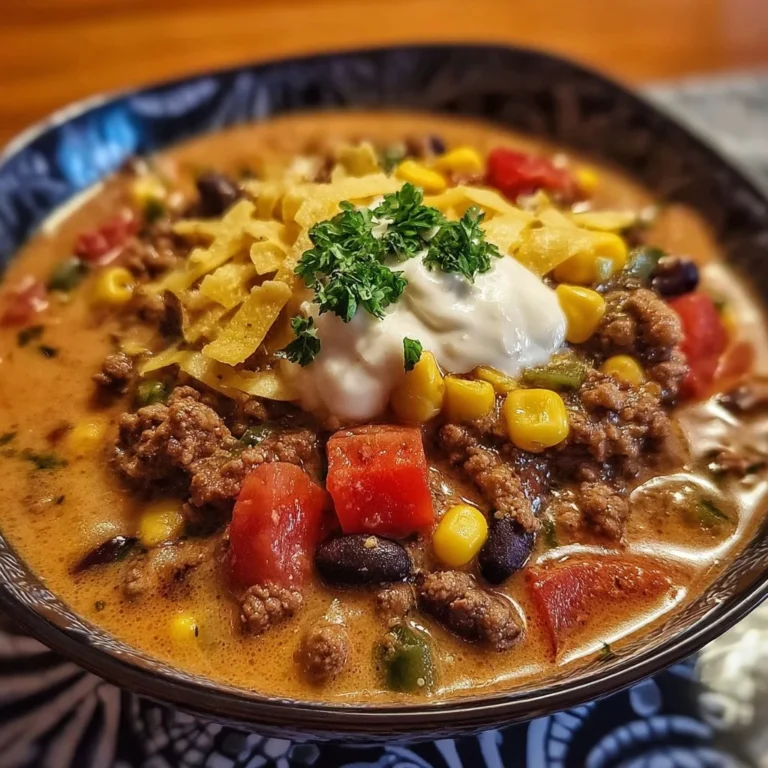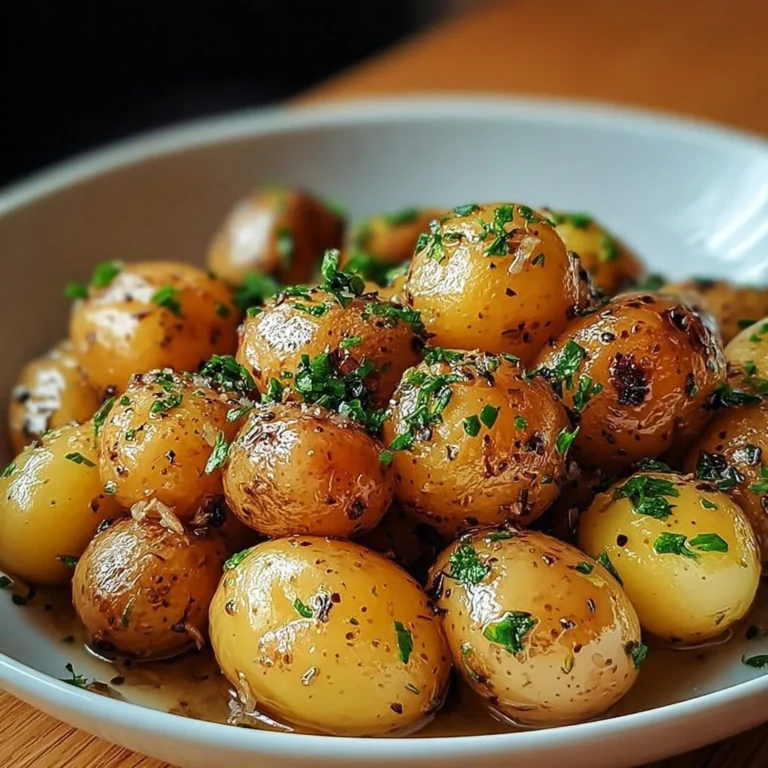Easy Chanko Nabe Recipe for Everyone
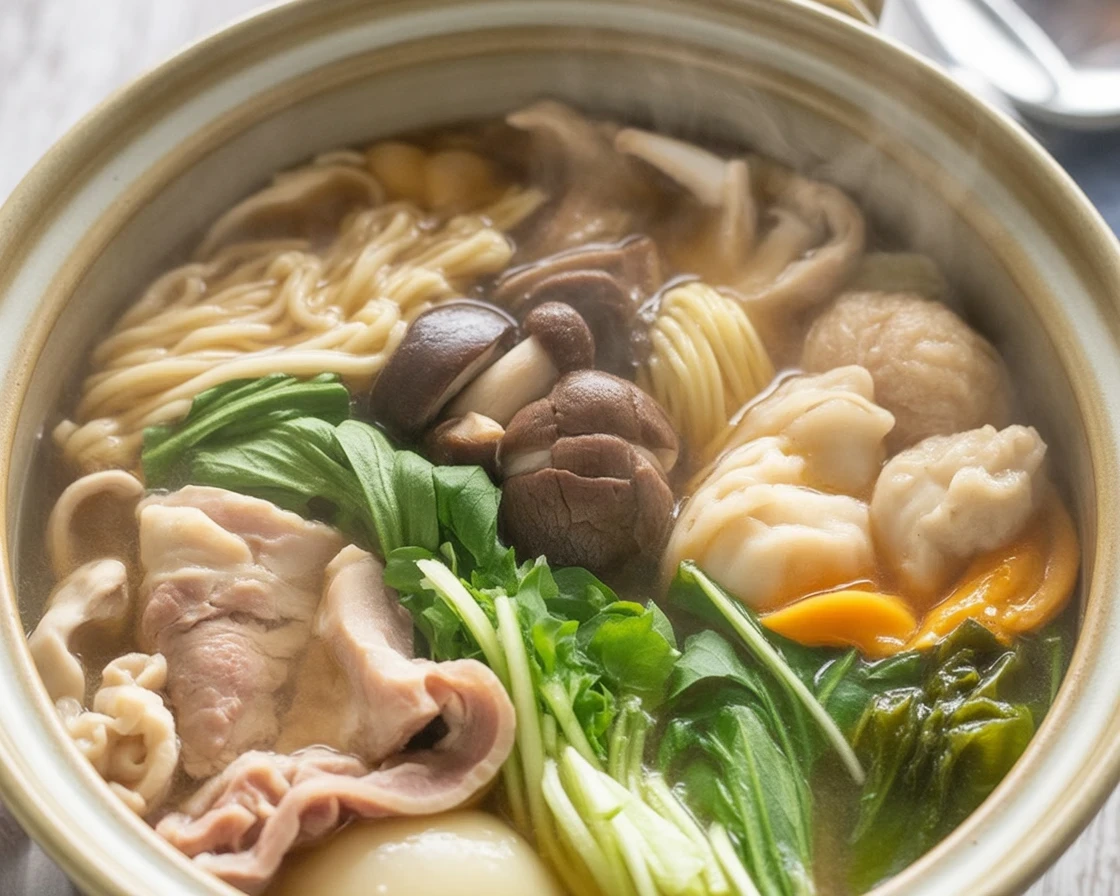
Ever felt stuck trying to figure out a fun weeknight dinner? Let me give you my go-to chanko nabe recipe for those nights when you want cozy comfort and, honestly, almost zero guesswork. It’s hearty, feels kinda legendary (hello, sumo wrestlers eat it!), and doesn’t require fancy chef magic. Plus, good news—you can tweak it with what’s in the fridge, and it’ll still probably taste five-star. If you usually like sneaky healthy stuff, check out my 5 easy ingredients for a natural monjaro recipe or that clever wholesome Chinese detox stir fry recipe—they’re in the same “big pot” spirit. Alright, let’s talk steamy, warm bowls of goodness.
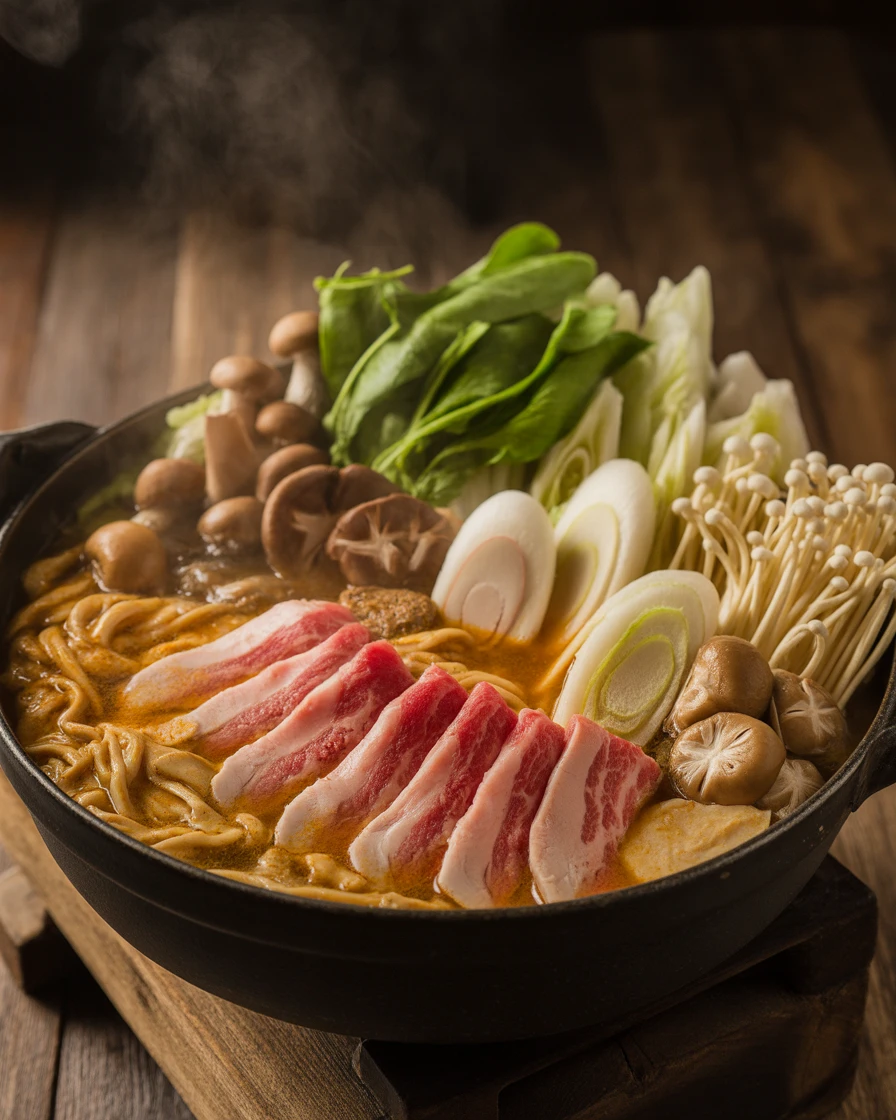
What is Chanko Nabe recipe?
Okay, real talk. Chanko nabe recipe is Japan’s famous sumo stew. Picture this: pro athletes plopping around a giant hot pot, scooping out ladlefuls of broth and meat and veggies—not exactly dainty, but wow, it works. Traditionally, sumo wrestlers eat chanko nabe because it’s nutritious, packed with protein, and just—filling.
It’s pure shareable food. The kind you set in the middle of the table, then everyone dives in. Maybe it’s a tradition, or maybe it’s just the best way to eat, but either way you’ll feel like you’re doing it right. Fun fact, there’s literally no one “correct” recipe. Every wrestler (and their moms, apparently) does it a little different. That means you can too.
People often think you gotta hunt down rare Japanese ingredients—not true. Most stuff’s available at regular supermarkets. Even if you swap some things, the whole point is a bubbling pot of flavor and togetherness.
I tasted chanko nabe the first time at a friend’s January dinner. It was cold, I was grumpy, and… wow, this dish hugged my soul. She just tossed ingredients in and it somehow tasted like she’d worked on it for days!
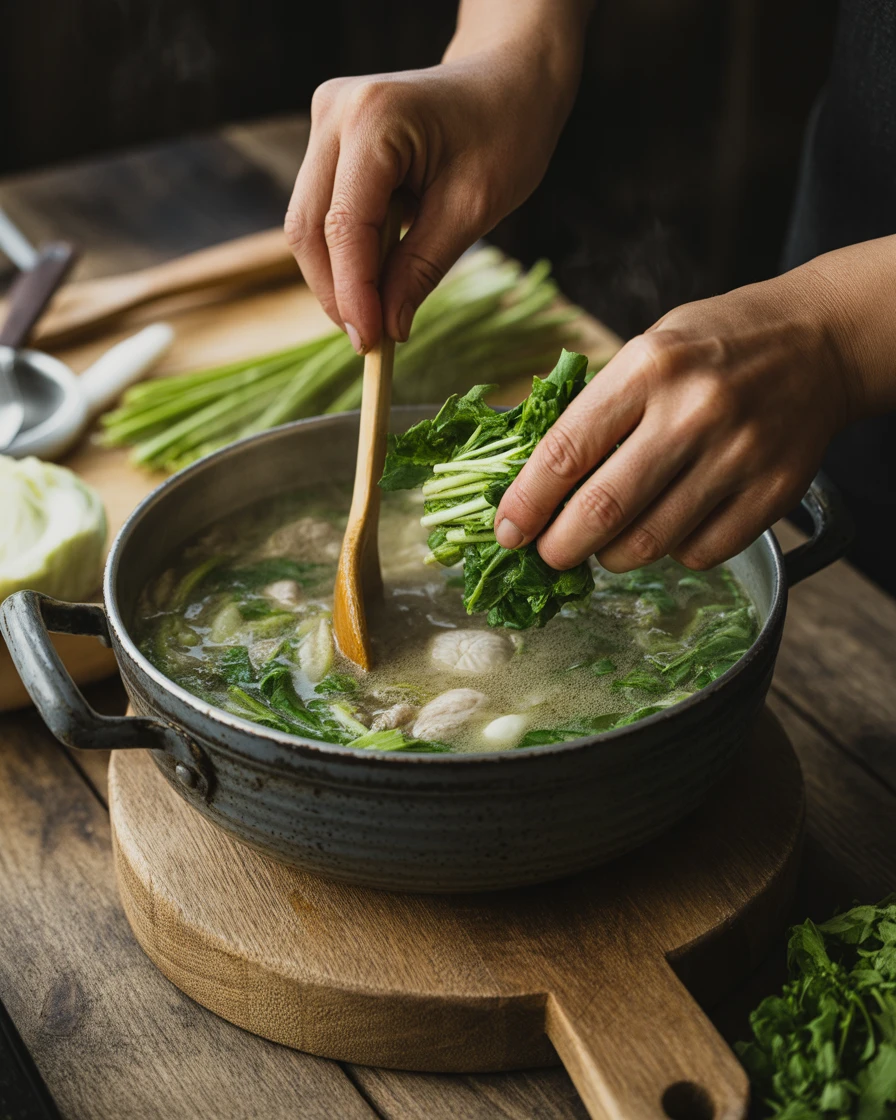
The Delicious Broth for Chanko Nabe recipe
Let’s talk soup. Because broth is everything in a chanko nabe recipe. Mess up this part, and you’re eating boiled vegetables (bleh). Now, you can go traditional and simmer bones for hours, but honestly, I usually cheat with my favorite chicken stock—don’t tell any sumo masters, okay?
A typical flavor base has chicken, a splash of soy sauce, mirin (sweet cooking rice wine), a bit of sake if you’ve got it, and a whisper of garlic or ginger if you want. Sometimes I stir in a little miso for an extra kick or because it’s raining and I want comfort. You add water, let it bubble, and keep tasting. Too salty? Add more water. Not enough flavor? More soy or a spoonful of miso helps. It’s all about what tastes good to you.
And get this—my friend’s grandma just dumps all the trimmings in a cheesecloth and pulls them out after 40 minutes. Simple genius. The broth gets spooned over your veggies and meat, and suddenly everything’s restaurant-quality. It’s basically magic, in your own kitchen.
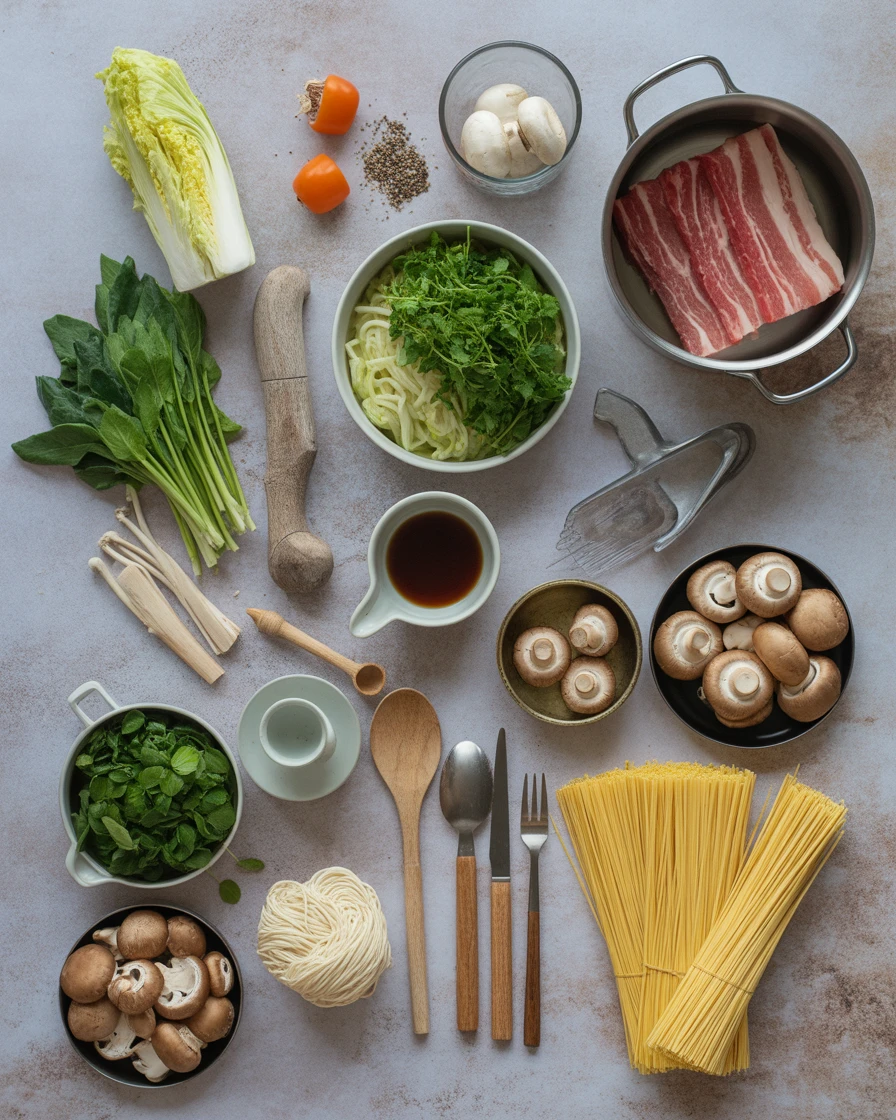
Whats inside Chanko Nabe recipe?
Let’s not panic about the ingredient list. Unlike some recipes (looking at you, soufflé), chanko nabe is flexible. The hot pot usually is brimming with a mix of protein, veggies, noodles—all thrown together.
Here’s the honest breakdown:
You need some kind of protein. Chicken thigh is traditional (fatty and juicy), but pork, fish, or tofu also play well. Toss in what you’ve got—seafood mix? Sure. Pre-cooked shredded rotisserie chicken from the store? Why not.
Then come the veggies. Cabbage is classic. I like napa because it softens up nicely. Add mushrooms, carrots, daikon, or chunk up whatever is rolling around in your fridge drawer. Nobody ever complained about “too many” veggies in this recipe.
Last, something filling—noodles or cooked rice, kind of like a Japanese comfort food one-pot dinner. I’m a sucker for udon or ramen, but honestly, I’ve used spaghetti in a pinch. I won’t judge. It’s all tasty once it soaks up that broth.
The beauty is: no stress if you’re missing an ingredient. Just use what you have. The chanko nabe recipe is all about working with what you’ve got and making it taste good.
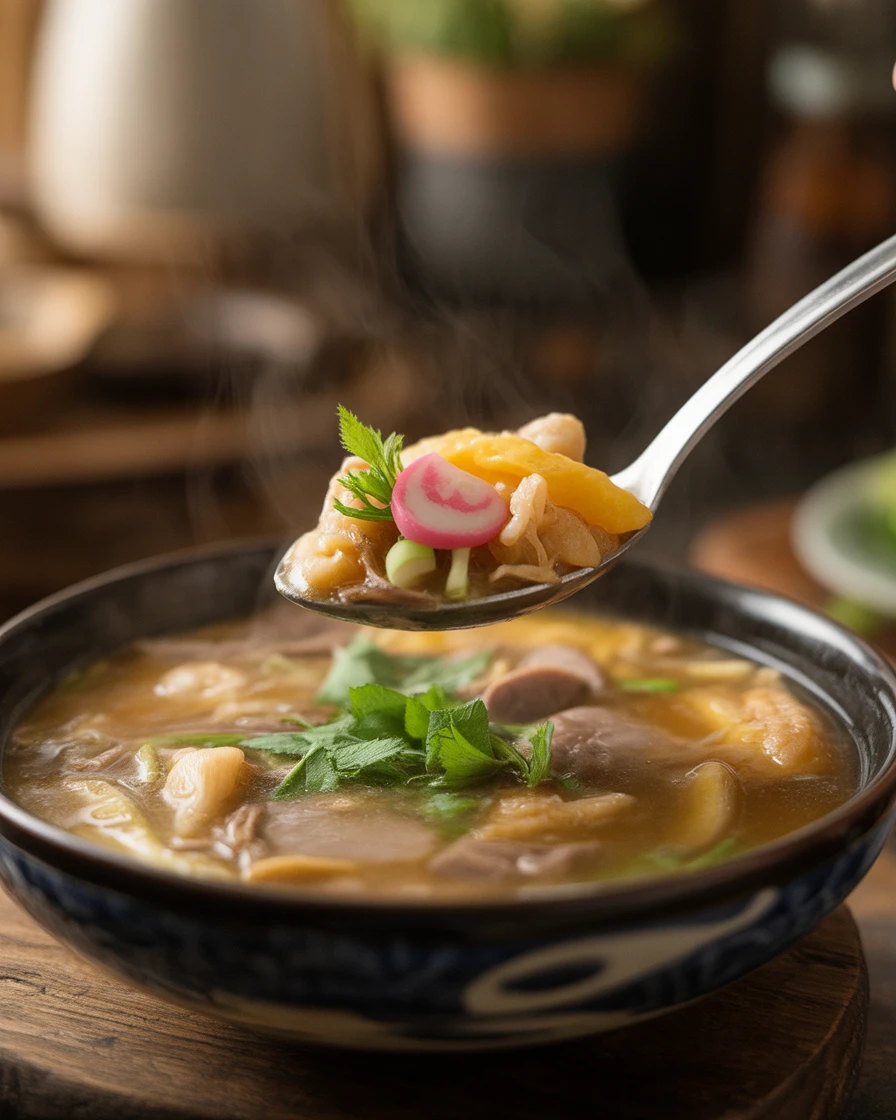
How to Serve and Cook Chanko Nabe
It’s got this party vibe—just gather ‘round the pot! Here’s how it usually goes, in my kitchen at least:
- I set a big, heavy pot right on the table (please use a trivet so you don’t torch your tabletop).
- Everything goes in the broth—meat, then veggies, then a last-minute noodle drop.
- Each person can scoop out what they like, mix and match, douse with spicy sauce if they want.
- Leftovers are kind of the point! Next-day chanko nabe is… well, it never lasts that long at my house, but if you have any—lucky you.
Some people add an egg near the end, letting it poach on top. Others toss in dumplings. You do you.
This “pot at the table” method not only keeps stuff hot but also makes dinner feel special (even on a blah Tuesday night). There’s something kind of magical about scooping from a communal pot. Maybe sumo wrestlers know best after all.
5 Secrets to Japanese Cooking: Simple Meals & Authentic Flavors!
Honestly, after muddling through Japanese recipes for years, here’s what I’ve learned:
- Don’t overthink it. Simplicity rules in Japanese home cooking—fewer ingredients often equals better taste.
- Go big on umami. That rich, savory flavor comes from things like soy, miso, and mushrooms. Never hurts to toss in an extra splash.
- Freshness matters. Your veggies don’t need to be picture-perfect, but fresher usually tastes brighter.
- Mix and match protein. Chicken, pork, seafood, or tofu—this cuisine is designed for flexibility. Just work with what you like!
- Share food at the table. Cooking together and eating together makes every meal more fun—I’ll never go back to just plating everything in the kitchen.
If all else fails, a splash more soy sauce usually fixes things. Don’t tell my mom I said that.
Common Questions
Do I need a special pot for chanko nabe?
Nope. Any sturdy soup pot works. If you’ve got a tabletop electric hot pot, that’s great—but a Dutch oven or big saucepan is just fine.
Can I make this vegetarian?
Absolutely! Swap in veggie broth, tofu, mushrooms, and skip the meat. It’s still hearty and satisfying.
How spicy is chanko nabe?
Classic chanko nabe recipe isn’t spicy unless you make it that way. I love adding a dab of chili paste at the table, but keep it mild for sensitive eaters.
Do I need fancy Japanese ingredients?
Not at all! You can find most basics at a regular store. Mirin and miso are sometimes near soy sauce or in the international aisle.
Can you freeze leftovers?
Mostly. The broth and meats freeze great. Noodles and veggies get a bit mushier but still totally tasty for a quick lunch.
Ready to Rock Your Next Dinner?
See? Chanko nabe is so much friendlier than you’d think. It’s flexible, super adaptable, and a whole lot cozier than the takeout you were about to order. If you want inspiration for more easy meals, peep this recipe search results page or my round-up of cheese sausage delights simple recipes for everyone—seriously, don’t miss the sausage one. Oh—and if you’re curious about what the pros cook, check out the classic Chanko Nabe (Sumo Wrestler’s Hot Pot) – RecipeTin Japan or peek inside the community at Chanko Nabe : r/Sumo on Reddit. Grab your biggest soup bowl, and just try it—you might surprise yourself with a new favorite tradition.
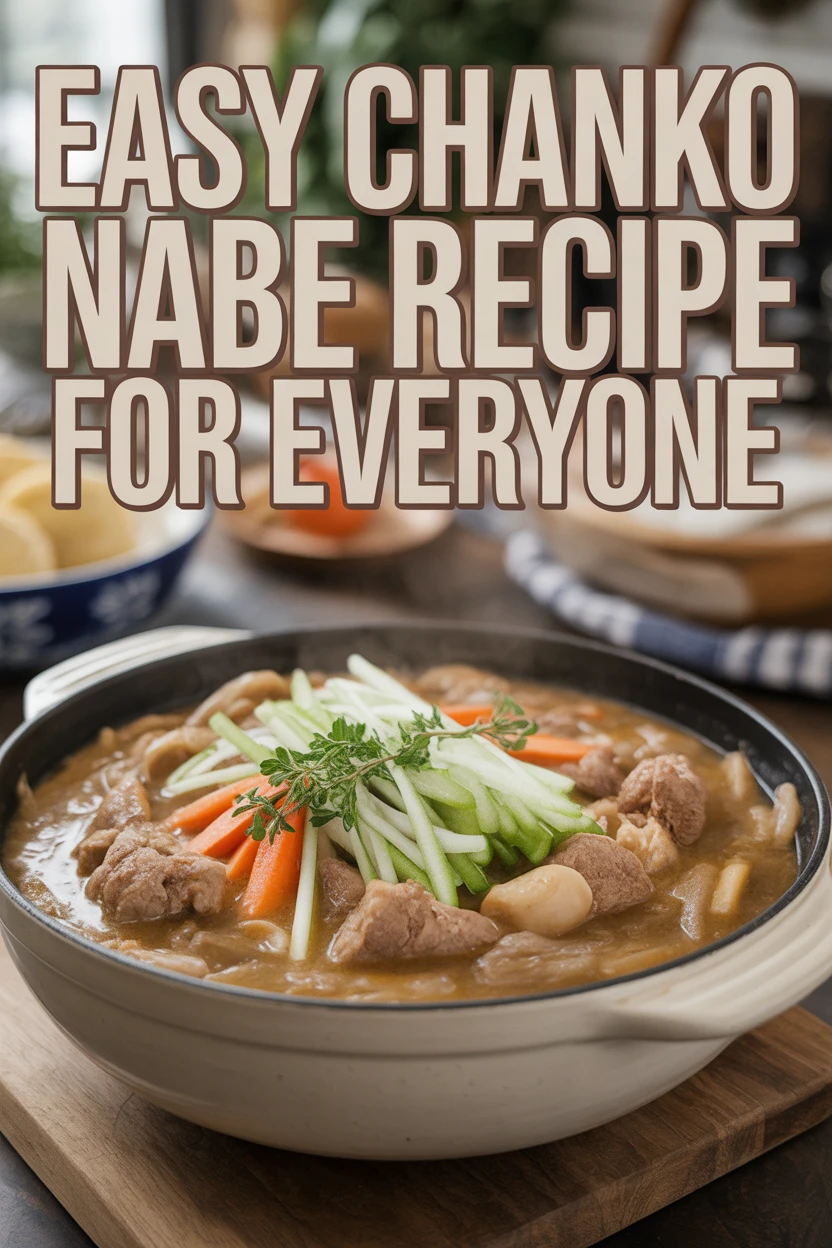
Chanko Nabe
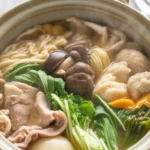
Ingredients
Broth Base
- 6 cups chicken stock Use store-bought for convenience.
- 2 tablespoons soy sauce Adjust according to taste.
- 2 tablespoons mirin Sweet cooking rice wine.
- 2 tablespoons sake Optional, for added flavor.
- 1 clove garlic, minced For added depth of flavor.
- 1 inch ginger, sliced Optional.
Proteins
- 1 pound chicken thighs, boneless Traditional protein choice.
- 1 cup tofu, cubed For a vegetarian option.
Vegetables
- 1 cup napa cabbage, chopped Softens well during cooking.
- 1 cup mushrooms, sliced Use any variety you like.
- 1 cup daikon radish, sliced Optional.
Noodles
- 2 cups udon noodles You can substitute with ramen or spaghetti.
Instructions
Prepare the Broth
- In a large pot, combine chicken stock, soy sauce, mirin, sake, garlic, and ginger.
- Bring the broth to a simmer over medium heat, tasting and adjusting flavors as necessary.
Add Ingredients
- Add the chicken and tofu to the broth and let cook for about 10 minutes.
- Add the napa cabbage, mushrooms, carrot, and daikon to the pot.
- Continue to simmer for another 10-15 minutes until the vegetables are tender.
Finalize the Dish
- Add the udon noodles to the pot and let them cook for the last 5 minutes, allowing them to soak in the broth.
- Serve hot directly from the pot, letting everyone scoop out what they like.



